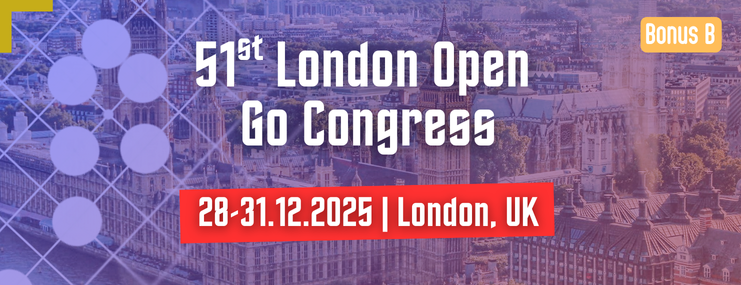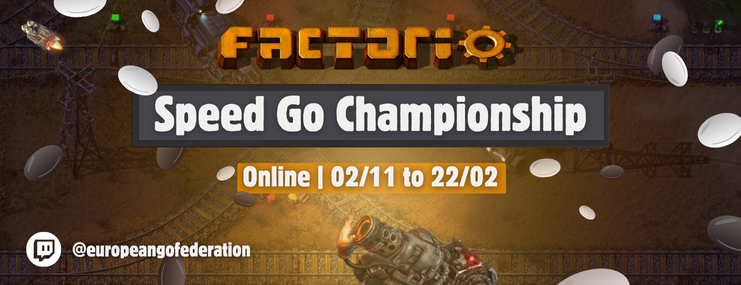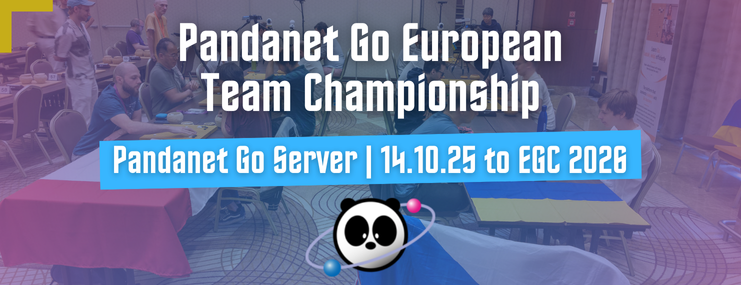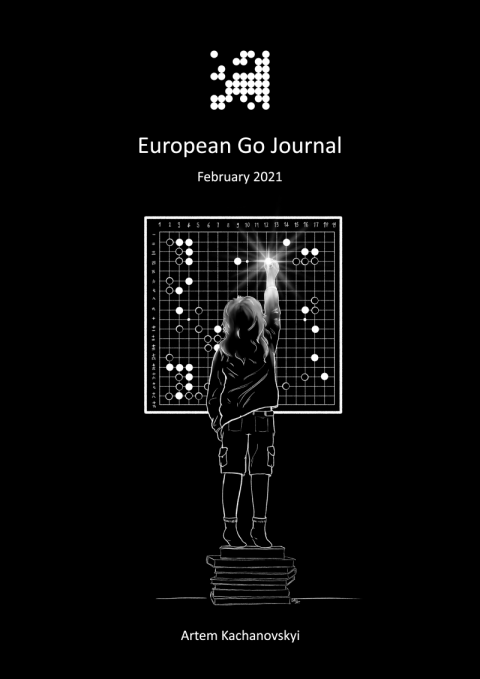In European go, a few years ago we observed Twitch streams becoming a "golden standard" for live commentary of face-to-face tournaments. I guess, most of you still remember how things were before that happened: the tournament games were broadcast on KGS, and the commentators used to analyze the game in the chat. Needless to say, live video commentaries on Twitch have become a great improvement on that.
During our pandemic times, most of the face-to-face tournaments were canceled, and we all lost the opportunity to meet together face to face. As a result, live streams on Twitch have become even more popular. Many of the European go players comment on their own games live on Twitch these days. Such a project as European Professional Online Go League is based completely on Twitch live streams.
Indeed, video content, especially live streams, are an extremely effective way of studying and sharing knowledge. But does this mean the end of reading? Of course not. I think we can agree that the perception of information in written and video forms is extremely different. Video content is more dynamic and usually requires less effort and thinking to "digest" the information - in fact it imitates seeing and listening to somebody in actual life. When you read something, on the other hand, you have some freedom to stop and think, to choose your own pace. While reading it's easy to go back and read once again what was not clear - just move your eyes up or turn the page back if needed.
For me personally reading becomes especially pleasant when there is a paper book in front of me. I know that such a thing as the paper book becomes less and less popular nowadays. Yet, there is a special joy in the process of reading a paper book - you keep a real material object in your hands. That makes a difference. Besides, there is no doubt that it's more comfortable for the eyes to read from the paper than from the screen of a mobile phone or computer.
The idea of writing a go journal has been in my mind for years. It happened so in my life that gradually I was learning the skills needed for such a task. At the moment when I started to consider my idea seriously, I was ready both technically and mentally.
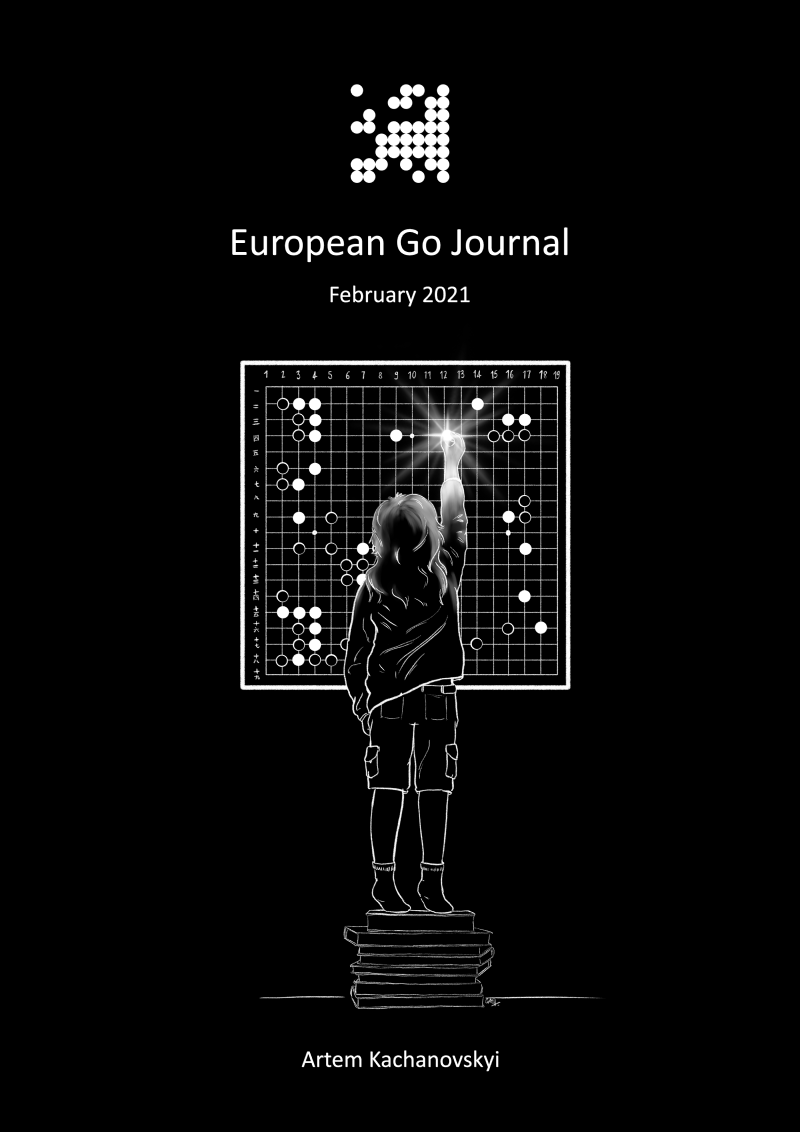
The European Go Journal is published on a monthly basis. The journal consists of three sections:
1. Go News - an overview of the most important news of the month, focusing on Europe but including major events worldwide. In this section, you will also see reviews of some games - one game from Europe and one game from the worldwide go arena (perhaps mostly a game of some top professional go players from Asia).
2. Reading material - interview and "art & photography" chapter.
3. Studying material - analysis of some positions using AI, go problems, tesuji of the month.
Along with the journal you will receive a collection of recent go records played by professionals. As I am a pro player myself, I follow the games of the top professional players from Asia, so each month I will compile a collection of games that I recommend to study.
The journal is distributed in two forms: digital and printed (paperback). The digital edition is sent to subscribers via email, while the printed edition is delivered by post. If you subscribe to the printed edition, you receive the digital edition as well.
The digital edition consists of several files:
- PDF file of the journal
- archive with the games used in the journal (ZIP file with SGF files inside)
- archive of pro games (ZIP file with SGF files inside)
- PDF file with pro games (suitable for printing)
journal-february2021.pdf
journal-february2021-sgfs.zip
pro-february2021-sgfs.zip
pro-february2021.pdf
Here are the prices of subscription (per month):
- digital edition: 5 €
- printed edition: 15 € (delivery included in price)
I invite all the readers of the journal to give their cooperation: feel free to send me any kind of suggestions or feedback to [email protected].
In case you want to order a specific edition of the journal (including the past editions), use the email address specified above. For example, you can order the printed version of the first edition (February 2021).
Here are some examples of the input that I would be glad to receive:
- An illustration, a poem, a photo, or any other kind of art to share. In this case, you should be the author of it, or you should have permission from the author. And of course the artwork must be related to go.
- A person to interview.
- A situation to review with AI.
- A game of professional players to review.
- etc.





